Permavoid Capillary Cones
Permavoid Capillary Cones - Product Codes: PVPP85CC2 & PVPP85CC4 Permavoid 85mm units are shallow, load-bearing, modular geocellular units wh
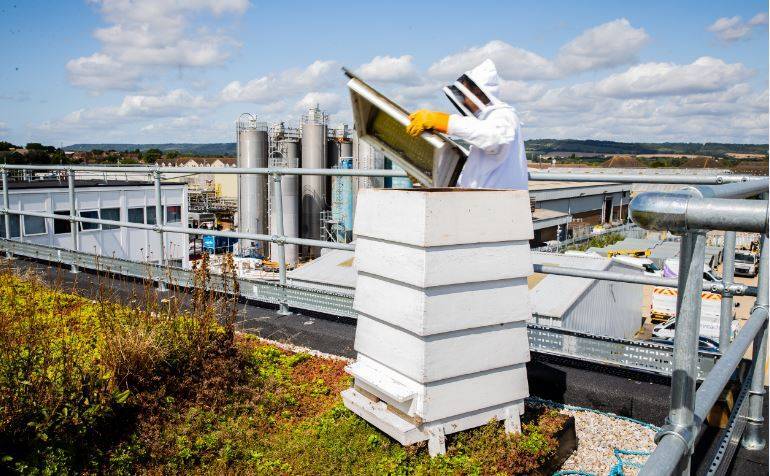
In 2017 Polypipe Civils installed Smart Roof 2.1 - the UK version of the Permavoid Smart Roof 2.0 in Amsterdam - on the roof of the Polypipe Building Services offices in Kent. Shortly after, the blue-green roof was abundant with wild flowers, insects and birds.
We then learnt that the Director of QHSE at Building Services is also an experienced bee-keeper, and asked his advice as to whether it would be feasible to add a beehive to the roof. Richard alleviated any fears or concerns and very kindly donated one of his own hives to the roof.
We got in touch with Richard True, the Director of QHSE at Polypipe Building Services to find out all about the beehive on the roof, which has attracted thousands of bees so far.
Richard started beekeeping six years ago, when he was offered a second-hand hive. He had the space in his garden, and was intrigued so did lots of research and took a short course, and happily accepted the hive.
“The first time I handled bees on my own was a memorable experience as there I was, in my garden with thousands of bees thinking what am I doing?! Even though I felt clueless, bees know what they are doing and in truth, I have learned so much from them. Anyone who has spent just a few minutes watching how they behave cannot fail to be impressed by what they do; all bees have a purpose, they all work together for the good of the hive, they produce truly wonderful products, not just honey, and add real value to the environment.”
Richard looks after the beehive on the roof to ensure our bee population grows, and that the employees at Polypipe Building Service have access to tasty, raw honey for their porridge!
Here’s a short interview with Richard all about the world of bees:
What is the typical layout of a beehive?
When bees create a hive, they create sheets of honeycomb made of bees wax in layers to allow for access to both sides and space for bees to use the honeycomb for storing honey and laying eggs to raise more bees.
For man-made hives we re-create this by having wooden frames to hold sheets of bee’s wax which the bees then build the comb on; these are slotted into a box (brood box) which sits at the base of the hive and will contain bees brood (young bees) and honey. By having them on frames, it allows you to take each frame out and inspect it to keep an eye on the bees to ensure everything is ok. If you want to extract the honey, you put another set of frames in a box on top of the brood box (Super) but between the two boxes you put a wire grill that is big enough to let the worker bees through but too small to let the queen bee through, so in the Super can only be used as a honey store as the queen can never get to the frames to lay her eggs.
How is honey extracted from a beehive?
When you want to harvest honey, the first thing to do is remove the bees from the Super, a simple exclusion board is placed between the Super and the main brood area which allows bees to go back to the brood box but not the other way. After about 24 hours you will find all the bees have gone from the Super so you can then take the frames for harvesting. Next you need to remove the caps of wax the bees put over the filled honeycomb by carefully cutting the tops off to expose the fresh honey. The fames are then put into a wire frame and spun to remove the honey; next you pour the honey through a sieve before filling jars ready for the final stage, eating it!
What are your most interesting facts about bees?
Tricky question as there are so many but here are a few:
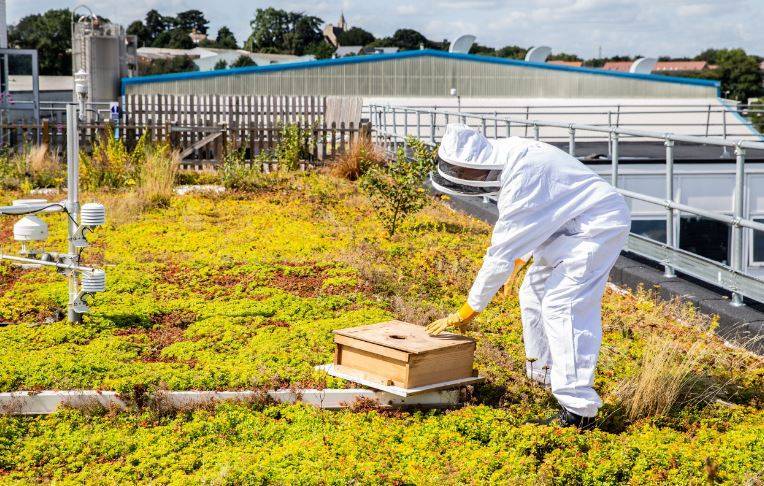
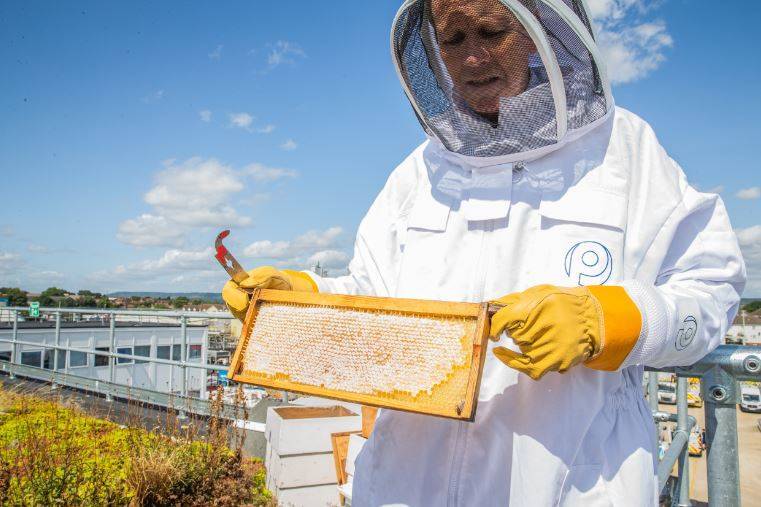
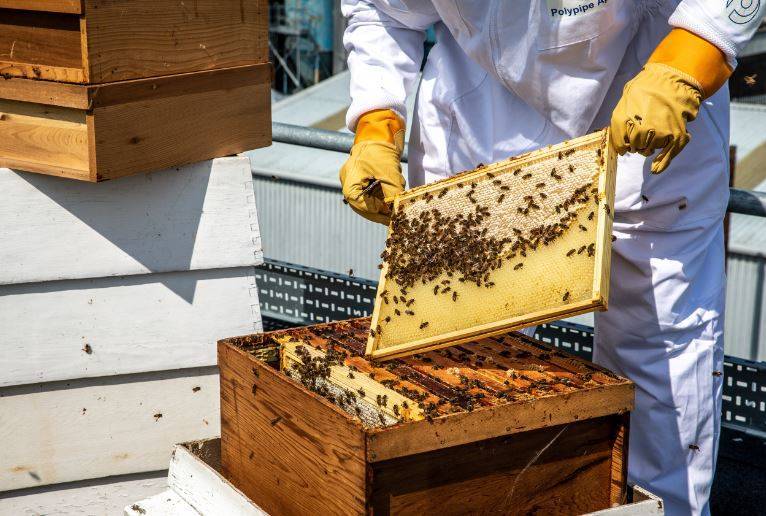
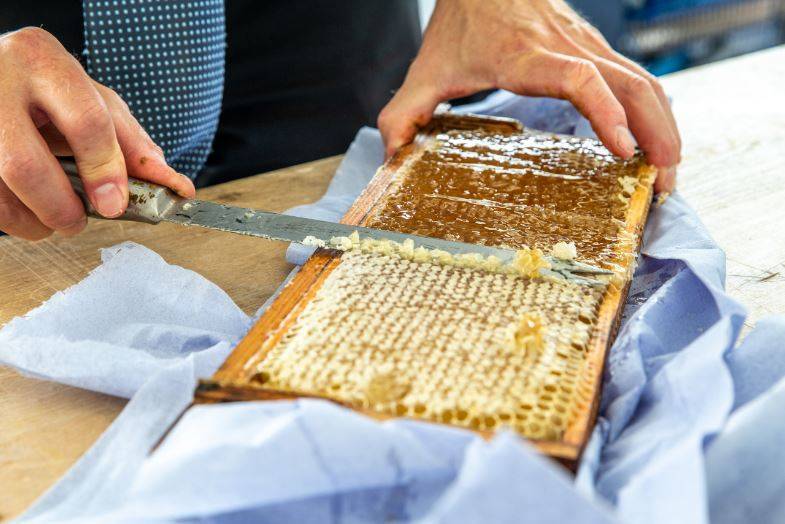
If you’d like to visit the Smart Roof please get in touch here: https://www.polypipe.com/contact-us
Or if you’d like to find out more about the Roof, find a video here: https://www.youtube.com/watch?v=YXXwiA-HMjY&t=1s
Permavoid Capillary Cones - Product Codes: PVPP85CC2 & PVPP85CC4 Permavoid 85mm units are shallow, load-bearing, modular geocellular units wh
Permavoid 85 and 150 - Product Codes: PVPP85 and PVPP150 Permavoid units are available in two depths, 85mm and 150mm. Both are used to create a g
The Permavoid system comprises of high strength modular cells suitable for sub-base replacement, plus components that incorporate silt / oil treatment